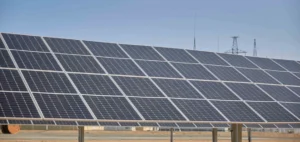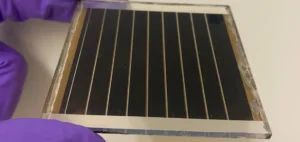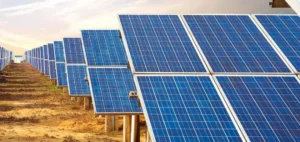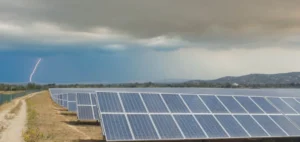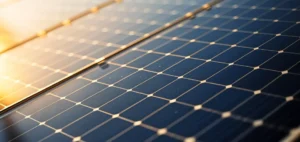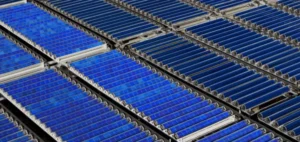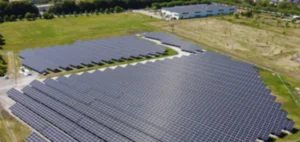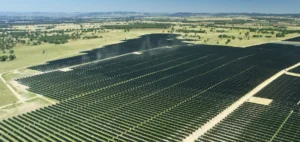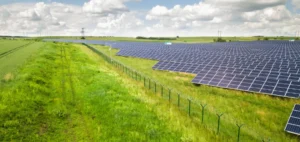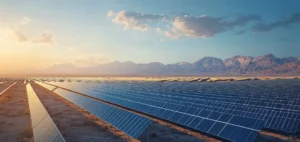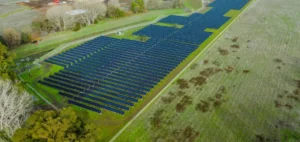Bohol, an island in the Philippines renowned for its natural beauty, is seeing strong growth in its tourism sector. In 2023, the island saw a 313% increase in its number of visitors, a clear sign of the importance of tourism to its economy. This growth is accompanied by an increasing awareness of the need to integrate sustainable practices into the sector. To meet this growing demand, Bohol is turning to renewable energy solutions, especially solar power.
In this context, the Dagohoy Solar Power Project (DSPP) is a significant milestone. The island’s first large-scale solar farm, the project is a collaboration between Dagohoy Green Energy Corporation (DGEC), the Philippines Department of Energy (DOE), and the local authorities of Bohol. The DSPP uses 40,000 Trinasolar Vertex modules to produce 41,000 MWh of electricity annually. This energy powers around 18,000 homes and several major tourist sites on the island, including the famous Chocolate Hills and the Tarsier Sanctuary.
The DSPP project marks a major step toward a more sustainable future, using advanced solar technology aimed at reducing dependence on fossil fuels while supporting the infrastructure needed for the growing tourism industry. This model of carbon-free energy production is crucial for an island where tourism-driven demand for energy is constantly increasing.
An Innovation Partnership for Energy
The photovoltaic modules used in the project are Trinasolar Vertex bifacial modules, designed to withstand harsh weather conditions, ensuring stable long-term performance. These modules maximize energy yield and minimize degradation, thereby reducing operational costs for the solar farm operators.
This technology is particularly suitable for remote areas or those prone to extreme weather conditions, making it an ideal solution for eco-tourism destinations like Bohol. With reliable and efficient panels, the project ensures continuous clean power, crucial to meeting the demands of a rapidly growing tourism sector.
Measurable Economic and Environmental Impact
In addition to its role in reducing greenhouse gas emissions, the DSPP project also has a positive impact on the local economy. Each year, the solar farm helps to reduce CO2 emissions by 28,642 metric tons, contributing to a cleaner future for the island. Moreover, more than 600 local jobs have been created to support the project, providing new economic opportunities for the people of Bohol.
This exemplary renewable energy project is part of Bohol’s sustainability strategy, demonstrating how integrating solar energy into tourism infrastructure can not only foster healthy economic growth but also preserve the natural environment. It serves as a model for other tourist destinations in the Philippines and the Asia-Pacific region, where the shift to cleaner energy sources is becoming increasingly urgent.
A Model for Sustainable Tourism
Bohol’s adoption of solar energy marks a turning point in how sustainable tourism is approached. By providing reliable, clean energy, this initiative allows the island to continue attracting visitors while meeting the increasingly stringent environmental requirements. Bohol is positioning itself as a pioneer in sustainable tourism, proving that economic growth and environmental responsibility can go hand in hand.






